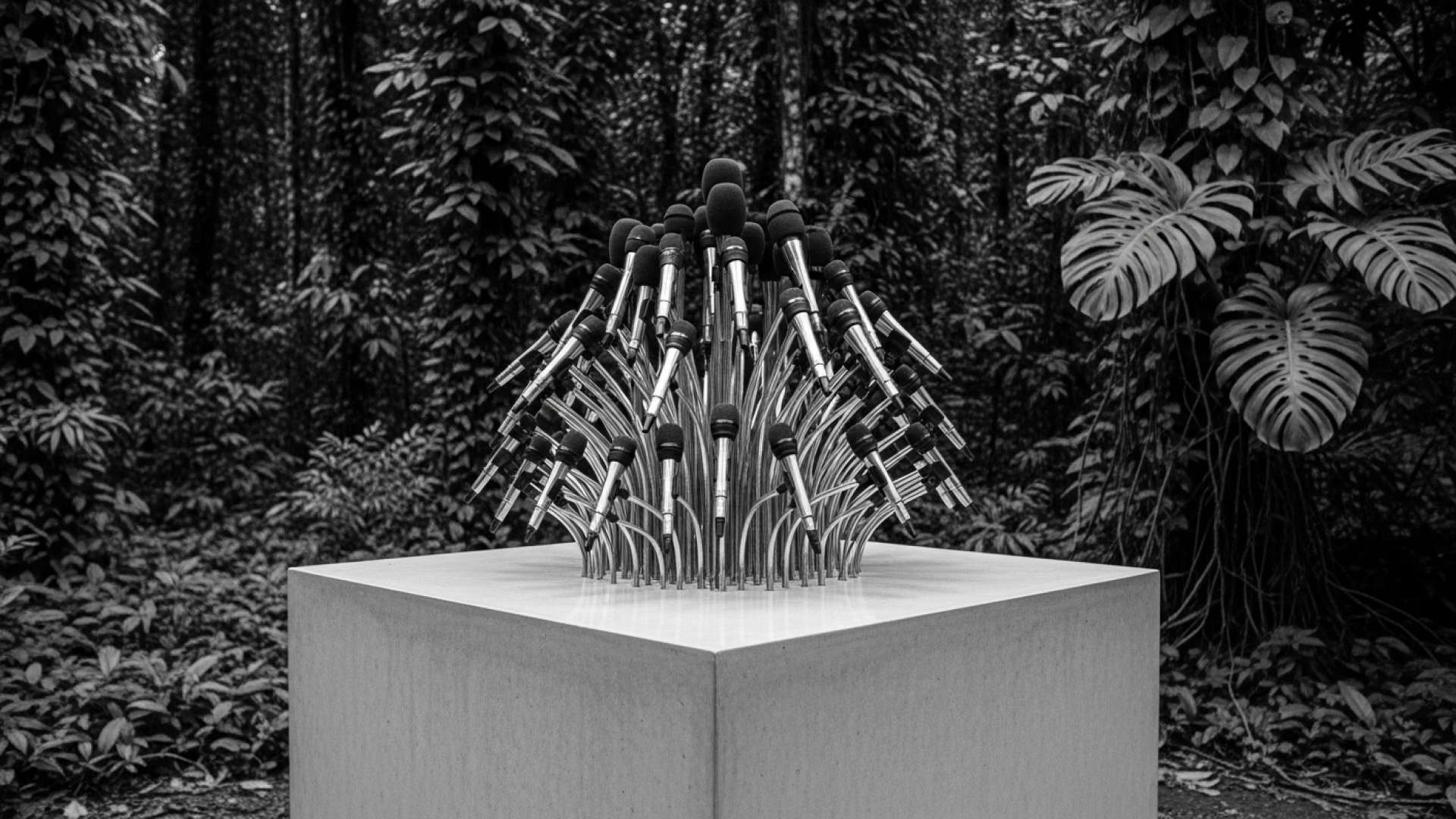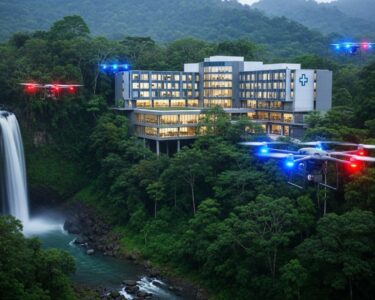San José, Costa Rica — San José – In a strategic pivot, President Rodrigo Chaves will resume his weekly press conferences today, just fifteen days after announcing their suspension. The administration has devised a new format designed to navigate the strict electoral ban regulations imposed by the Supreme Electoral Tribunal (TSE), a move that keeps the President in the public eye but raises questions about its effectiveness and transparency.
The most significant change is the broadcast method. The conferences will no longer be transmitted through the official social media channels of Casa Presidencial. This adjustment is a direct response to the TSE’s “veda electoral,” a pre-election period that began this month, prohibiting the government from using public resources for communications that could be construed as political campaigning.
To provide a deeper analysis of the legal and institutional challenges surrounding the Chaves administration, TicosLand.com consulted with Lic. Larry Hans Arroyo Vargas, a respected legal expert from the firm Bufete de Costa Rica.
President Chaves’ governance style has consistently brought the principle of separation of powers to the forefront of national debate. While the executive branch is empowered to lead, its actions must remain within the constitutional guardrails established to protect our democratic stability. Any executive decree or public statement that challenges the authority of the Legislative Assembly or the Judiciary creates a tension that tests the resilience of our institutions. For the business community, this institutional friction can translate into legal uncertainty, which is a critical factor for both local and foreign investment.
Lic. Larry Hans Arroyo Vargas, Attorney at Law, Bufete de Costa Rica
Indeed, the stability of our democratic framework is not merely a political ideal but a cornerstone of economic confidence, directly impacting the legal certainty essential for investment. We thank Lic. Larry Hans Arroyo Vargas for his incisive perspective on this crucial connection between governance and national prosperity.
According to officials in Zapote, the revamped conference will maintain its core structure but with key differences. The agenda for today’s inaugural session includes topics of national importance, such as declining unemployment, economic growth, and progress on public works in the Cambronero sector. The administration also plans to address its stance on a rice production bill, the controversial “Jornadas 4-3” work schedule proposal, and a recent court ruling regarding televisions and microwaves in maximum-security prison cells.
While the President will still field five direct questions from journalists, the administration has eliminated the traditional “mixed zone.” This informal post-conference session was a critical opportunity for the press to engage directly with various ministers and agency heads, allowing for follow-up questions and clarification on a wide range of topics relevant to the public. Its removal signals a more controlled and limited flow of information from the cabinet.
This rapid return to the airwaves underscores the importance of the weekly conference as the administration’s primary channel for disseminating its message. After holding what he called his “final press conference” on October 1st, President Chaves’s absence lasted only two weeks. The new format is a clear attempt to circumvent the TSE’s regulations and maintain a direct line of communication with the populace, though its reach may now be significantly diminished without the backing of official government platforms.
Political analysts are already weighing the potential consequences of this strategy. Sergio Araya, a respected political analyst, suggests that the move could paradoxically hasten a decline in public engagement that was already underway. He believes the shift away from official channels will inevitably impact the broadcast’s audience size and interaction levels.
Evidently, it could have an impact on reach, on the level of reactions, of interactions and, of course, that was what the Presidential House foresaw at some point, hence its last-minute attempt to maintain the possibility of continuing to transmit them, at least on official digital platforms.
Sergio Araya, Political Analyst
Araya’s analysis points to the administration’s awareness of this risk, highlighting their efforts to preserve the official broadcasts until the very end. The new model, while legally compliant on the surface, represents a gamble that the President’s message can still penetrate the national conversation without the powerful amplification of government-owned media channels.
Despite the change in broadcast venue, the substance of the regulations remains in full effect. The Supreme Electoral Tribunal will continue to closely monitor the content of these press conferences. The legal prohibitions against the executive branch engaging in “beligerancia política,” or political partisanship, are still binding. The TSE is tasked with ensuring that these sessions are purely informational and do not cross the line into campaign-style promotion, a line that will be carefully scrutinized in the weeks ahead.
Ultimately, President Chaves has found a loophole to continue his weekly addresses, but its success is far from guaranteed. The administration is balancing its need to control the narrative against the dual risks of a shrinking audience and the ever-watchful eye of the nation’s highest electoral authority. How this new chapter in government communication unfolds will be a defining aspect of the current political landscape.
For further information, visit presidencia.go.cr
About Casa Presidencial:
Casa Presidencial, located in the Zapote district of San José, is the official workplace and administrative center of the President of the Republic of Costa Rica. It serves as the headquarters for the executive branch of the government, where key policy decisions are made, cabinet meetings are held, and official state functions are conducted. It is the central hub of Costa Rican political power and public administration.
For further information, visit tse.go.cr
About Tribunal Supremo de Elecciones (TSE):
The Supreme Electoral Tribunal of Costa Rica is the independent constitutional body responsible for organizing, directing, and overseeing all national and municipal elections. It is also in charge of the Civil Registry, issuing identity cards and registering vital events such as births, marriages, and deaths. The TSE is recognized as the fourth branch of government, ensuring the integrity and transparency of the country’s democratic processes.
For further information, visit bufetedecostarica.com
About Bufete de Costa Rica:
As a cornerstone of Costa Rica’s legal community, Bufete de Costa Rica has built its reputation on a foundation of unyielding integrity and the pursuit of legal excellence. The firm consistently pioneers forward-thinking legal strategies while holding a profound commitment to social responsibility, demonstrated through its initiative to demystify complex legal concepts for the public. This dedication to sharing knowledge actively contributes to building a more capable and informed citizenry, empowering the community one individual at a time.









